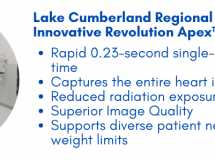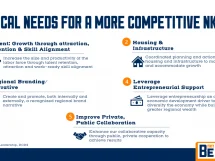
In January 2015, three young women from Louisville set off on a year-long road trip to visit all 50 states. Yes, they had some fun along the 24,000 miles they covered, but their mission was to register 24,000 donors to the registry of Sharing America’s Marrow. SAM was founded by sisters Alex and Sam Kimura and their best friend, Taylor Shorten.
In 2010, when Sam Kimura was diagnosed with severe aplastic anemia, a bone marrow transplant was the only cure for this rare and deadly disease caused by bone marrow failure. The 17-year-old’s best chance of a donor match was her sister.
“I am Sam’s only sibling, but unfortunately I was not a match,” Alex Kimura said, “and unfortunately she didn’t have a match out of the 25 million people on the donor registry either. Thankfully, she was able to have an alternative treatment that has kept her in remission, but she could still relapse at any time and need a transplant.”
Sam Kimura takes about 20 pills a day to stay in remission, “but she gets to live a fairly normal life,” her sister said. “She lives in Denver now and works at First Descents, a nonprofit that takes young adult cancer survivors on adventure trips.”
A graduate of Ballard High School in Louisville and a 2012 grad of Western Kentucky University, Alex Kimura worked at the Livestrong Foundation in Austin, Texas, for a couple of years after college. In April 2014 she came back to Kentucky to start Sharing America’s Marrow for her sister and is the company’s CEO.
“To find a match for Sam, and for the thousands of other patients fighting blood cancer and blood diseases that need transplants, we decided to do something big,” she said. “We became a 501(c)(3) tax-exempt nonprofit, raised over $150,000, created a website, leased a van, and planned 193 bone marrow donor registration events in 2015.”
Young adults 18-26 make the best bone marrow donors, so the SAM team speaks to a lot of Millennials at festivals, breweries and colleges. They’ve worked with campus fraternities and sororities, as well as businesses that encourage employees to get involved with community service, and with patients and their families across the country to host donor registration events.
“All it takes for people to register is filling out a consent form and swabbing their cheek,” Alex Kimura said. “There are many misconceptions about bone marrow and we need people to know that it isn’t as scary or painful as they might think it is. We want people to know that the procedure has changed from how it was in the past, and that it is not like what they might have seen in the movies.”
About 80 percent of donors are asked to donate blood stem cells, a process similar to giving plasma, and 20 percent are asked to give bone marrow through an outpatient procedure.
“A few hours out of your life for the donation could completely cure a patient of the leukemia, lymphoma, sickle cell anemia, or another disease trying to take their life,” Alex Kimura said. “If you do get called to be a match, you might be the one person in the world that could save that patient’s life.”




















Add Comment